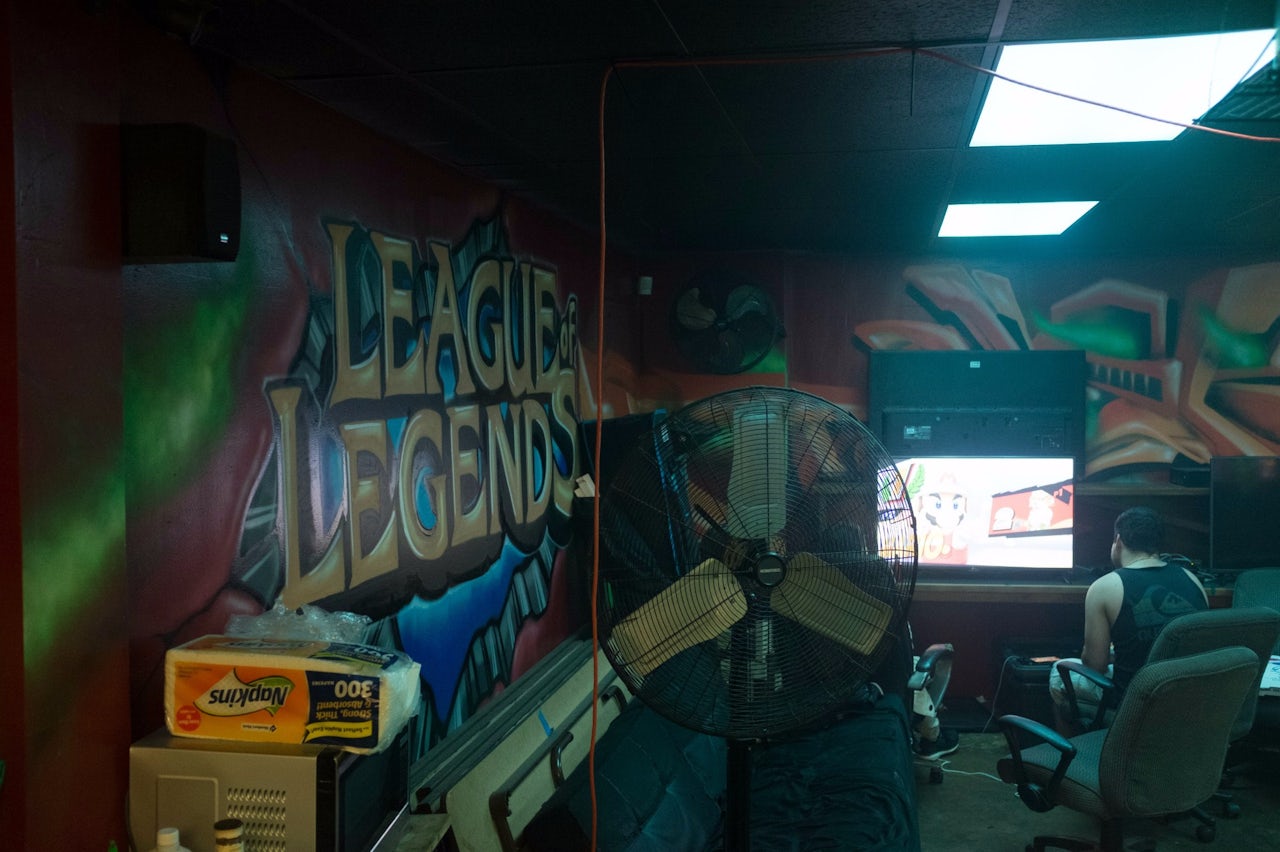In grocery stores, shelf space is a big deal; some brands even pay “slotting fees” to get their products in the store and at eye level. Digital stores like the App Store and Amazon have unlimited shelf space, but most shoppers never see the majority of products. Instead, we focus on the top 20 or so listings as well as things that surface in “recommended”-type lists.
This fact has plagued publishers of just about every type of digital media. If your podcast makes it into the featured section of Apple Podcasts (formerly iTunes), your fortune is made. If not, you’re probably looking at languishing in obscurity.
The power these stores have to make or break releases has frustrated publishers, especially newcomers. But one company has taken a big step toward making this process if not more fair, at least a little more transparent.
Valve, the video game company behind wildly popular games like Portal, Counter-Strike, and Dota 2, has begun the process of publicly explaining how games get ranked for recommendation on its digital distribution platform Steam and how it will be changing to give players a better experience. “Obviously we see a wide range of opinions on how good a job the Store is doing, but increasingly we're seeing that people have very different ideas of what its job even is — and what it should be,” Valve developer Robin Walker wrote earlier this week in what will be the first in a series of three blog posts about how Steam works.
Steam is the most important store in the US for free and paid PC games, reportedly accounting for $3.5 billion and 15 percent of global paid game sales. It has been repeatedly criticized for featuring big studios making conventional games at the expense of smaller, indie studios making creative games, while also giving too much exposure to sloppily-made games that some saw as blatant cash grabs. The conflict inspired one indie developer to create a website, What’s on Steam, to give every new release equal treatment.
In the blog post, Walker goes over how Steam wants to please publishers of huge games like DOOM while also being the go-to platform for indies. People who know everything about games should be just as comfortable using the store as someone that has no clue. In other words, Steam is for all gamers, casual and hardcore. “Unfortunately, these groups often have competing interests, so it's important to understand that if we're not doing exactly what one group wants, it's probably because we're trying to weigh it against another group's interests,” Walker wrote.
A good portion of the Steam homepage is taken up with personalized recommendations based on user data, an update that rolled out in 2014. This is how that system works, in Walker’s words:
The Store is constantly trying to balance all the different interested groups of players and developers. It knows that it has a limited number of spaces it can use to show games to a player. It has some knowledge of the player, if the player is logged in and has a purchase / play history. It has some knowledge of the game, based on what the developer has told it and what previous purchasers of the game have said & done. It chews on all that data, and finally, decides which games it should show the player in all the various sections of the Store.
Valve found that explaining another black box feature — its algorithm for matching players in Dota 2 — improved things for players and helped the company identify where its algorithm wasn’t working. So, it added a little box in the Steam store that explains why each game is being recommended: “similar to games you’ve played,” for example, or “50 friends already own this game.” “If the store recommends something you know you're not interested in, you'll be able to see where its decision making is going wrong, and tell us about it,” Walker wrote.
The nature of powerful digital stores is that fortunes can change overnight, often without any explanation
The blog post was received favorably by the Steam community, which is hopeful that Valve will continue to make the Steam store better. And some indie developers never thought there was a problem in the first place.
“My sales have steadily increased since launching on Steam in late 2014,” town-building sim Rise to Ruins developer Raymond Doerr said via email. Steam’s recommendations make up a large part of his game’s marketing, he said. “Their algorithm still keeps my game in their various recommended lists throughout the site, regardless that many developers have claimed they have been ‘buried by these terrible updates.’”
The nature of powerful digital stores is that those fortunes can change overnight, often without any explanation. Steam is planning to launch a service called Steam Direct, which it hasn’t said much about, other than that it will have a publishing fee.
Is this the inauguration of slotting fees for digital games? That’s what Doerr is speculating — that people will pay some money, and their games will show up on Steam. Valve’s said as much before, though not in those terms.
In the next blog post, Valve plans to explain how some developers were gaming its algorithm, and what it plans to do to prevent that.
These changes probably won’t make everyone happy, but the attempt to create more transparency shows Valve is trying to balance its store to better serve customers, not just big game studios, and listening to the feedback from its community. Now if only Apple and Amazon would do the same.

